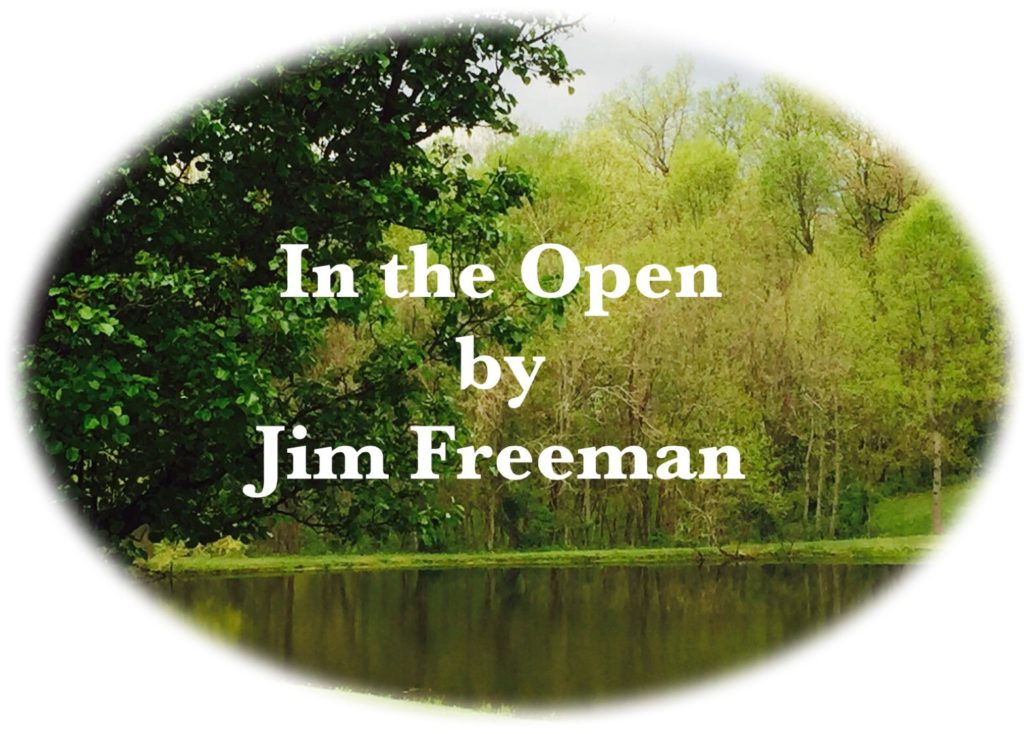Ohio’s fall hunting season starts Sept. 1


It’s time to break out that gun or bow that’s been sitting in the closet the past eight months or so. It is now August, and that means fairs coming to an end, schools starting back up, football, and then hunting.
One more turn of the calendar’s page brings us to September, and by the end of this month the buckeyes, hickories and walnuts will be starting to turn and dropping leaves. In Ohio, squirrel season starts Sept. 1, along with early waterfowl hunting for Canada goose and teal, and migratory birds including mourning doves, rail, moorhen, and snipe.
This is the time to make sure that your guns and bows are still sighted in. Get them out and carefully clean and inspect them; ensuring that bores are not obstructed, and that limbs and cables aren’t frayed or cracked. Do a little target practice. Break out your tree stands and inspect them – paying close attention to nylon straps and cables – and then practice using them. Get your clothing and other items out and organized now, rather than waiting until the night before season begins.
Ohio’s deer archery season begins Sept. 29 and runs through Feb. 3, 2019. Youth gun season is the weekend of Nov. 17-18, followed by the regular gun season from Nov. 26 to Dec. 2, followed by the two-day “bonus” gun season Dec. 15-16. Muzzleloader season will be Jan. 5-8, 2019.
Local deer hunters on private land won’t see many changes this year; Gallia and Meigs counties are both three-deer counties. Seasons and hunting hours are the same, and there are no changes to the implements that may be used to harvest deer (archery, shotgun, muzzleloader, straight-walled cartridge rifle).
On Ohio’s public land the biggest difference is that antlerless deer are off limits after the week-long deer gun season, this is to help increase the population of deer on public hunting areas.
Perusing the Ohio Division of Wildlife’s social media, one would get the impression from peoples’ comments that wildlife biologists don’t know anything; wildlife management on a statewide scale is a thankless task because everyone is an expert, and while you may be an expert on your property, chances are good that your goals and expectations, as well as your local deer population, aren’t the same as the person’s one township over. Some people want more deer and don’t particularly care if they are trophy deer or not, other people want a trophy deer behind every tree, while yet others want fewer deer… and somehow the wildlife folk are supposed to juggle these competing interests and make everyone happy.
I won’t even call it a one-size-fits-all approach; at best it’s more like a few-sizes-fits-most approach. It does not fit everywhere, but managing a herd on a township-by-township or farm-by-farm basis is impractical if not downright impossible, so for now that is how deer herds are managed. The one thing I do know is they work hard to please as many people as possible while still looking out for the best interests of the entire deer herd. They won’t make everyone happy.
Another welcome change is that Ohioans are no longer restricted to three apprentice hunting licenses before passing and completing a hunter education course. The biggest restriction to the apprentice hunting license holder is that he or she must be accompanied by a licensed hunter over 21 years of age.
Hopefully this gives you more incentive to take along a youngster or a new hunter this fall to pass along the tradition.
Jim Freeman is the wildlife specialist for the Meigs Soil and Water Conservation District. He can be contacted weekdays at 740-992-4282 or at [email protected]






